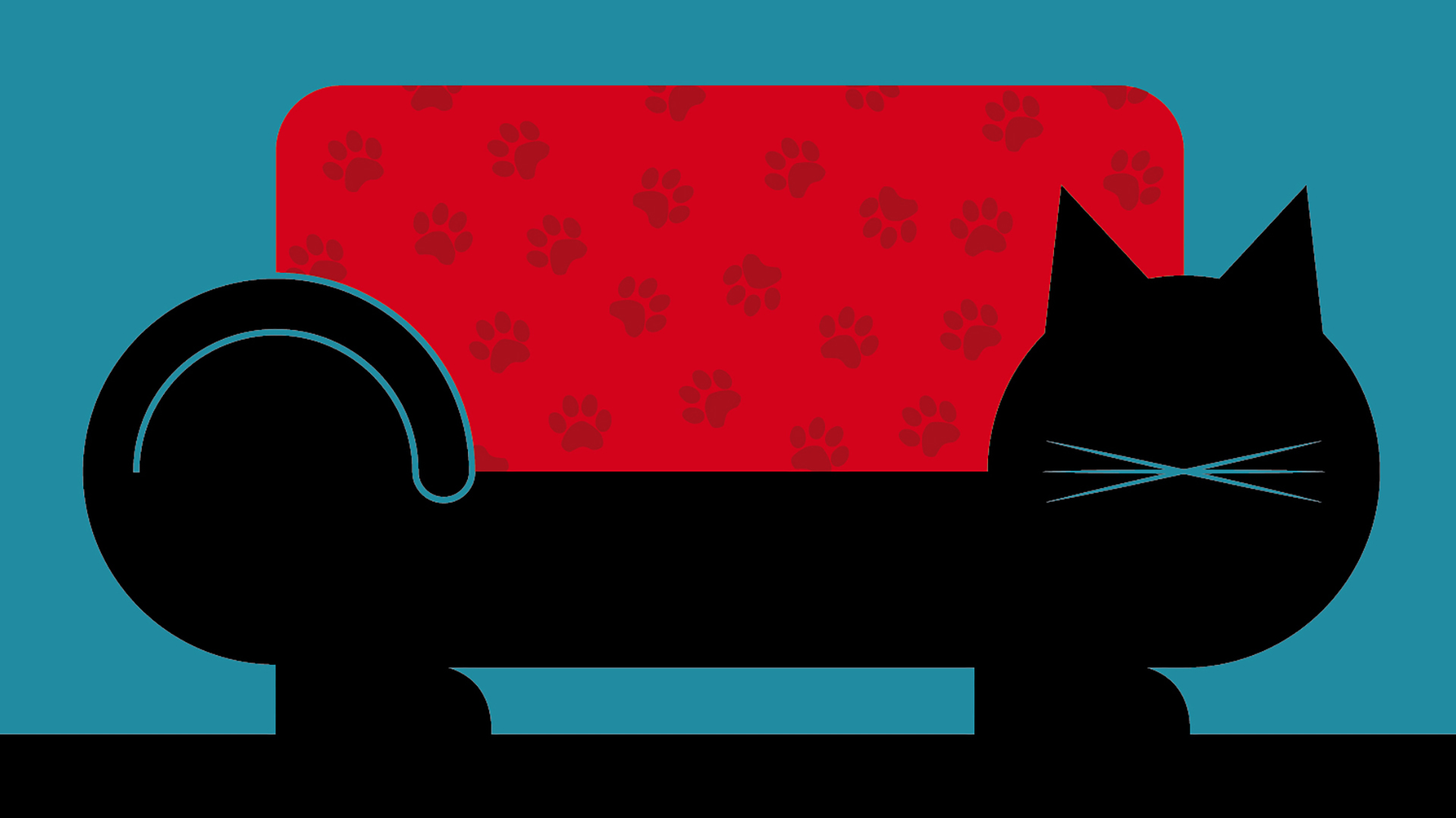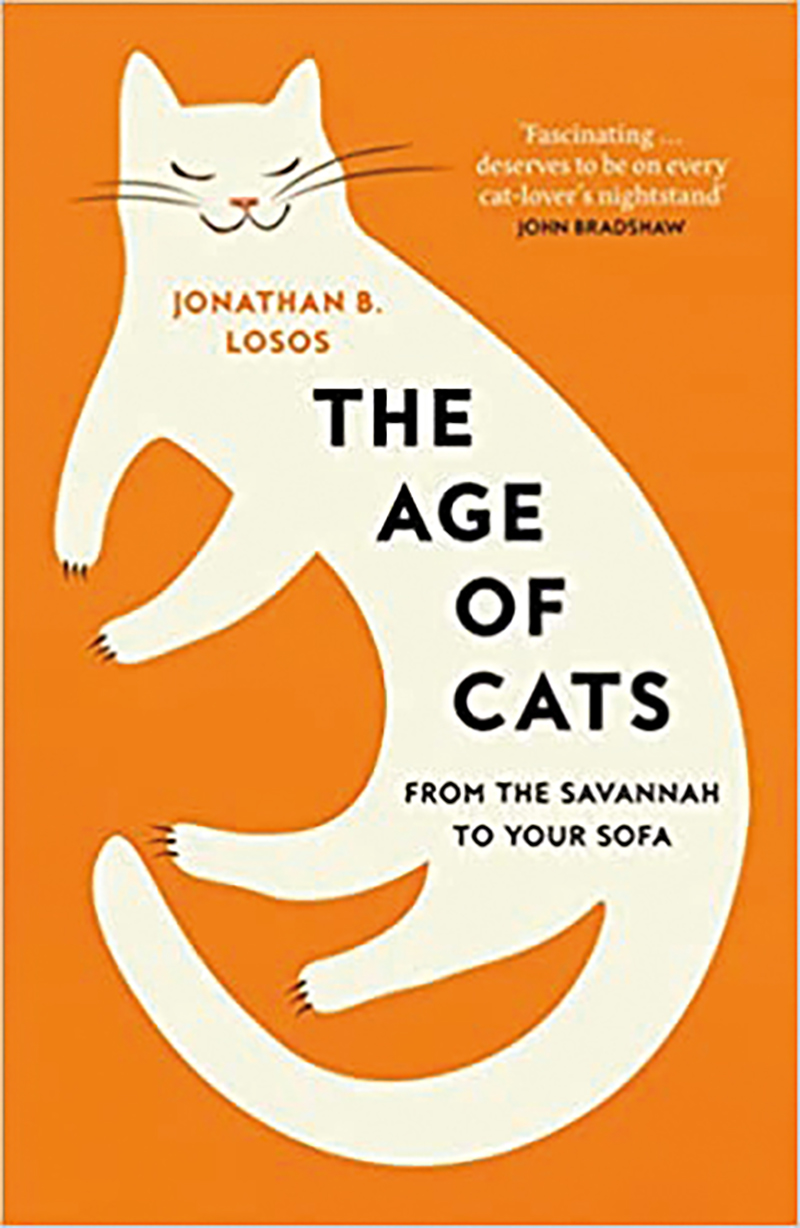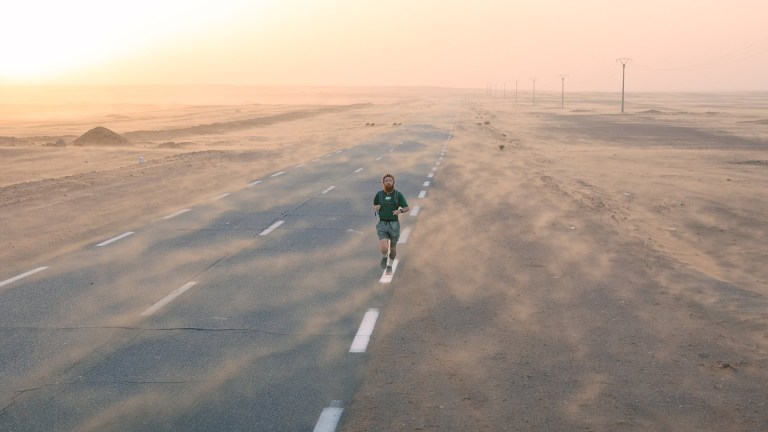One of the most exciting recent scientific discoveries is the realisation that when natural selection is strong, species can evolve extremely quickly. This topic was on my mind as I reviewed the immense amount of scientific research on Felis catus – the domestic cat – for my new book, The Age of Cats: from the Savanna to Your Sofa. Even though hundreds of millions of free-ranging, unowned cats occur on every continent but Antarctica, there are almost no data on how unowned cats are evolving.
We might predict that evolution is occurring in two ways. One is simply that feral cats could be reverting to the lifestyle of their ancestors, reversing the effects of domestication. It’s not hard to imagine these cats filling the same ecological niche as the North African wildcat and evolving back from whence they came. Alternatively, Felis catus may be striking out in new evolutionary directions. Feral felines occur in many places where there are few large predators. Look at how the coyote has taken advantage of that situation in North America, occupying every imaginable habitat and evolving much larger in size in the absence of wolves that used to keep them in check. Maybe feral domestic cats are doing the same.
Your support changes lives. Find out how you can help us help more people by signing up for a subscription
Consider the vast array of habitats occupied by cats in Australia: scorching red deserts, mountains, rainforests and grasslands. As an evolutionary biologist, my first thought is that these cats must be adapting to the different circumstances they experience. Desert cats have probably evolved ways to cope with heat and scarce water, mountain-dwelling populations to the cold and snow. Different prey species require different hunting adaptations; different predators – dingoes, Tasmanian devils, big lizards – require different ways to escape. Walking on sand poses different challenges than climbing on boulder fields.
- Top 5 books with talking cats, chosen by Judith Robinson and Scott Pack
- Environment Bill will ban peat compost and bring back wildcats
- James Bowen: Street Cat Bob and the healing power of pets
A quick survey of the variety of small-cat species illustrates how felines adapt: margays with reversible ankle joints to descend trees headfirst, sand cats with the soles of their feet covered in hair to walk across deserts, fishing cats with webbed toes for the life aquatic, to name a few. Even though Australian cats have been evolving for hundreds, rather than millions, of years, they may have started to evolve in these directions.
We don’t know if this is happening. No one has examined whether physiological adaptations have arisen to live in different climates. Behavioral adaptations for coping with different predators and prey haven’t been studied either.










